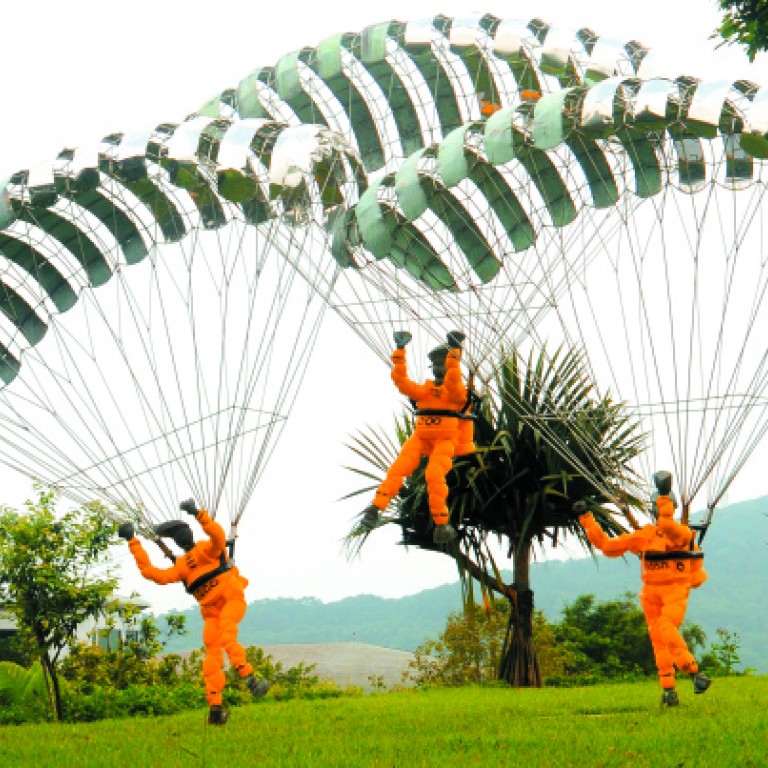Sculptor Ju Ming captures nature and life

Ming takes a Buddhist approach to art
What started off as woodcarving eventually turned into an impressive career manipulating unforgiving materials such as bronze and marble for the prolific Taiwanese sculptor Ju Ming, whose talent has brought him international acclaim.
Ju, born in 1938 in a small township called Tongxiao in the Miaoli county of Taiwan, is, in the purest sense of the word, a true artist. For a sculptor to carve well, Ju says one needs knowledge and cannot just replicate others' styles, otherwise one is simply an artisan. But insight like this into life and art has come after years of practice that humbly started with an apprenticeship at age 15 with then- prominent sculptor Lee Chin-chuan from the Temple of the Empress of Heaven.
Following the apprenticeship, Ju hankered for the big city. Throughout the 1950s, he continued sculpting in the cities of Keelung and Tongxiao - a young man finding his voice. In 1959, he turned his practice into a viable business - finally employing apprentices and successfully selling to clients in the mecca of Taipei. At that point, love found Ju, and in 1961 he married a girl from his hometown named Chen Fu-mei. One of his most famous works now, , was dedicated to her.

However, business wasn't always successful for Ju, who lost his factory but in turn realised that he was an artist wanting to practise his craft, and not a businessman. And for just over 10 years, Ju did exactly that - he practised under the mentorship of renowned Taiwanese sculptor Yuyu Yang.
"Art does not stem from studying, but from practice. And practice stems from life and nature," Ju says. The artist has quietly practised this very craft through accolades, including various awards, misfortunes, and even the opening of the self-funded Juming Museum built from scratch near Taipei.
Now as a 70-something-year-old man clad in blue jeans and a checked shirt, he describes practice to be "how one must rediscover the self and call the lost self back home in order to foster one's essential nature". One of the most noticeable attributes of the grey moustached artist's work and mind is his deep love for nature.

Nature in Ju's sphere does not necessarily refer to Mother Nature. "Humans can be nature, the way we live every day can be nature," he says. The artist describes nature as his teacher. "I look to nature for guidance in everything - I don't necessarily think in artistic terms but rather in terms of nature or the connections to life."
The examples that Ju gives regarding nature and life are less obvious for an artist but could easily sound like the insight and wisdom that would come from perhaps a Buddhist monk.